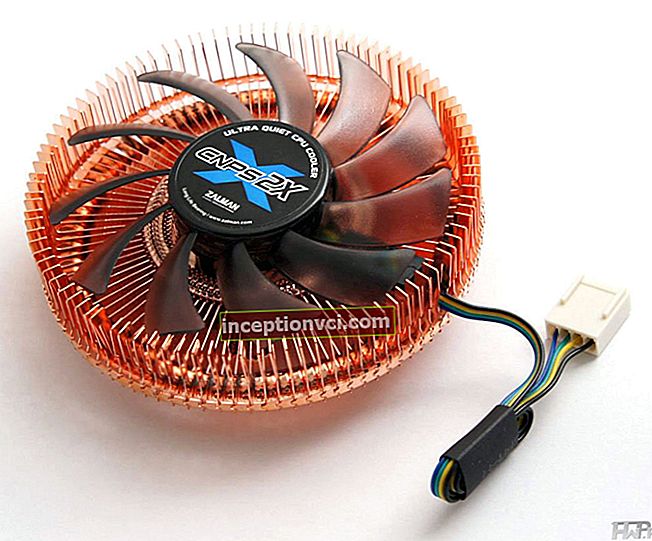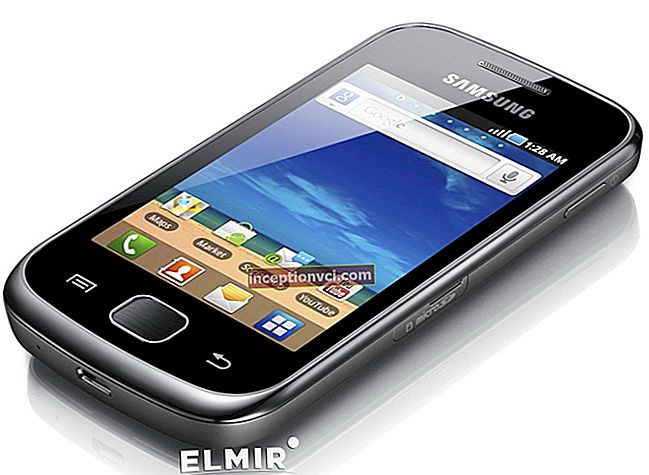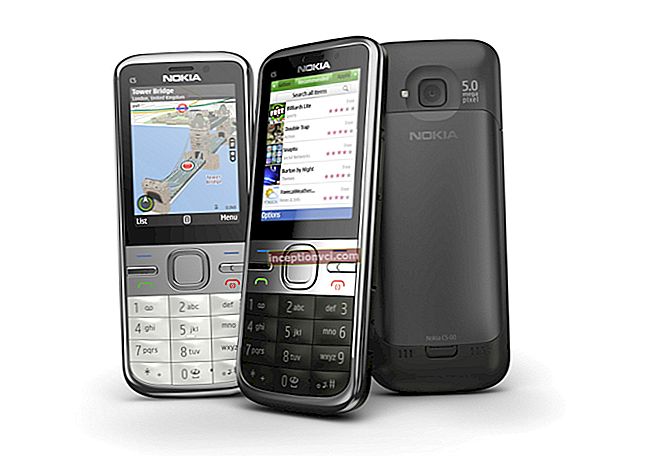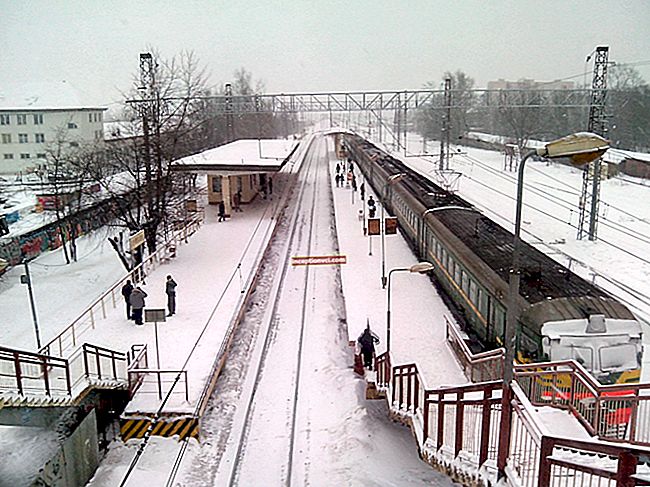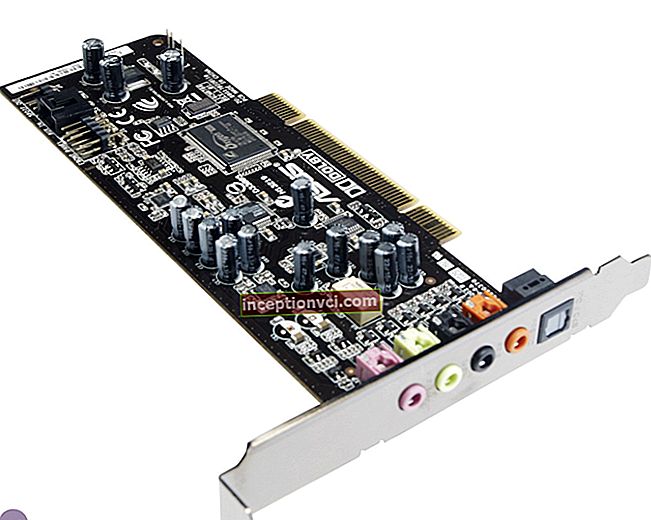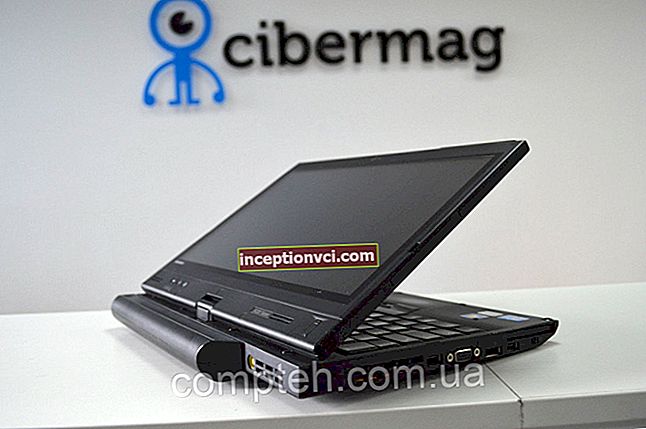At present, it is no secret to anyone that in the market niche of compact digital cameras there is a more and more distinct tendency to adjust some technical parameters to market demands, which negatively affects the quality of the equipment produced.
One such negative trend is the so-called megapixel race. Every year the number of cells in the matrixes of cameras has invariably increased, while the physical size has not undergone changes, and in some cases it has even been reduced in order to reduce the cost of production. When the 8 megapixel milestone was reached, many photography enthusiasts noticed that the cameras on which such a matrix was installed took pictures of lower quality than the old proven models with 5 or 6 megapixel matrices. But the manufacturing companies did not care about this at all, since for them only the question of making a profit was decisive. By inertia of thinking, inexperienced buyers preferred cameras with a large number of pixels.
Now the pace of this unjustified race has dropped dramatically. The fact is that exceeding the 14 megapixel border inevitably leads to degradation of the image quality, due to a significant reduction in the physical size of the cell. Some manufacturers began to increase the zoom ratio, others increased the size of the displays, some of them significantly increased the number of built-in functions. And only Canon. made an original move. It has released a new top-end compact digital camera PowerShot G11 with a 10 megapixel sensor, which has 4 million fewer cells than its predecessor, the PowerShot G10. This is an unprecedented case in the history of digital compact cameras.
Construction and design.
Canon's compact G series cameras are positioned as premium cameras as a kind of alternative to a DSLR. All of them have solid body dimensions and in this respect the G11 is no exception.

In terms of its dimensions, it even slightly exceeds the dimensions of some hybrid cameras. But it is for this reason that it fits perfectly in the hand. The good ergonomics of the device allows you to take pictures with one hand.
As for the design of the camera, it gravitates somewhat towards the retro style. Note the quasi-mechanical switches located on the top panel.

On the left side there is a switch for setting the exposure compensation values, and on the right side there is a switch for selecting a shooting mode, which is equipped with a ring that adjusts the photosensitivity, as well as a shutter button, a camera power button and a hot shoe for an external flash on the top panel.

The rear panel houses a 2.8-inch swivel display. The hinge on which the screen is mounted is on the left, which makes it easy to position the display in the desired position, including when shooting with a tripod. The display shows a high-contrast image with vibrant and rich colors. In bright sunlight, the colors do not fade, the viewing angles are at a good level, there is no glare.

Most of the camera controls are on the right side of the display. In the part of the body, where the thumb is usually located, there is a key for locking the exposure. There are two more keys built in below. One of them is for selecting the focus point, and the other determines the metering mode. Below are the multifunction keys of the navigation unit.They are surrounded by a control ring that serves to change the parameters. At the very bottom are the MENU and DISP keys. The key that activates the view mode is installed above the screen to the right of the viewfinder.

To the left of the rotary screen is a programmable key. With its help, you can perform the following actions: turn on the ND filter, select a preset white balance, turn on tracking autofocus, red-eye correction, lock autofocus, turn on the i-contrast function and turn off the display.

Above the screen there is a small optical viewfinder. This is a rarity in modern compact digital cameras. It does not display any information, it is intended only for building a frame. The lens and viewfinder zooms work in sync. There is a diopter adjustment.
In low light conditions, autofocus is illuminated by a bright blue LED.
The lens has a bayonet on which various converters and attachments are attached.
Camera at work.
The G11 is offered at a price similar to that of an inexpensive DSLR. A natural question arises: "Is it too expensive for a compact model?" Many people buy DSLR cameras to be able to shoot in low light conditions. Thanks to the large sensor installed in them, you can significantly increase the sensitivity level and, as a result, get good pictures. In this respect, the small matrix of compact cameras is significantly inferior. But there is one very interesting point: the lens aperture of a DSLR camera starts at f / 3.5 at wide-angle and ends at f / 5.6 at telephoto. The G11's aperture starts at f / 2.8 and ends at f / 4.5. This means that the camera can shoot at the same equivalent focal length and shutter speed. But in this case, its light sensitivity is almost two times lower when compared with a DSLR. In general, the image quality that the G11 provides, given the low noise level, is marginally different from the quality of images taken with an inexpensive DSLR with a whale lens.

An important advantage of SLR cameras is operational control, but in this respect the G11 is practically not inferior to them, of course, when compared with amateur models. To adjust all the main shooting parameters, separate keys are provided, and the values of photosensitivity and exposure compensation are set by quasi-mechanical switches. It should be remembered that in auto mode, their position is not taken into account.
The camera turns on quickly enough, it focuses quickly and accurately in less than a second, while the shutter lag is insignificant. But keep in mind that the camera will not take a picture until focus is achieved. Therefore, there will be a half-second pause between the release of the shutter and the pressing of the shutter release button.
The “Quick shot” mode is of some interest. After turning it on, a table with shooting parameters appears on the display instead of an image, which are set using the keys of the navigation unit. Only the optical viewfinder is intended for sighting, but its dimensions are small, so it takes some time to get used to it. In this mode, the device focuses automatically and only in the tracking mode. After you take the picture, you will know which object the camera focused on. Some may not like this, but this mode has one positive point, when using it, there is no shutter lag at all.
If we consider such an important aspect of the camera as the burst speed, then the G11 demonstrates a maximum speed of 1.1 fps.In this respect, it is far behind DSLR digital cameras. In some cases, this speed may not be sufficient.
Interface.
Hot keys are mainly used to control the camera. It is very convenient to use the keys of the multifunctional navigation unit in the shooting mode. Manual focus is activated with the up key, the flash mode is selected with the right key, the down key activates the timer, and the left key activates the macro mode, the OSD quick menu is invoked by pressing the center button. A separate key is used to select the focus area and its size; there is also a button to select the exposure metering mode.
Some shooting parameters can be changed using the quick OSD menu, which is called by the central button of the navigation unit.
The main menu consists of three tabs, each with a list of specific options. Its content changes if another shooting mode is selected.
The set of shooting modes in the G11 is almost standard. You are given the opportunity to shoot in the automatic manual program mode, set shutter speed and aperture priority, shoot video, use scene programs and activate the mode - fast shooting.
Camera features
The main distinguishing feature of the G11 is its high-resolution swivel display with bright contrasting images and good viewing angles, which is very convenient to use during shooting.
The battery life is high. It turned out to be quite enough for the entire test shooting, which took about seven days, with a large number of shots taken with flash.
The camera has a built-in ND filter with a factor of three exposure. It is designed to blur the background of photographs taken in bright light, such as a winter mountain landscape. To do this, you must fully open the aperture, but in this case, the luminous flux may be excessive and the camera will not be able to produce the correct exposure of the frame even at minimum shutter speeds. A neutral filter will help to correct this situation. Close-up shooters will surely appreciate the G11's macro mode. In the event that the lens is in the wide-angle position, the unit can focus from a distance of one centimeter.
A hot shoe is installed on the top of the camera for attaching an external flash. The specification states that the G11 digital camera is compatible with all current Canon flash units.
Video filming.
The G11 camera provides video recording at a resolution of 640x480 30 frames / sec. During movie shooting, you can only use the digital zoom, which is ineffective in this mode. However, the main purpose of the camera is photography ..
Testing.
At lower ISO values, the camera has the highest detail, the smallest details of the image are perfectly visible in the pictures, and there are no traces of noise. At ISO 200, there is slight monochrome noise in the dark areas of the frame, but its structure is such that it has almost no effect on image quality.







At ISO 400 there is a slight increase in noise in the shadows and a slight decrease in detail. But no significant degradation is observed. When the sensitivity is increased to ISO 800, the noise level practically does not increase, but the effect of the noise reduction system begins to affect, as a result of which the level of image detail decreases, but, nevertheless, the ISO 800 value can be considered working. Pictures taken at ISO 1600 can be printed in small format or posted on the Internet, after processing them.The fact is that due to the aggressive operation of the noise reduction system, a lot of details disappear in the pictures. The ISO 3200 value is almost impossible to use, as when it is set, there is a strong degradation of the image. During the entire testing period, the automatic white balance and expoautomatics worked almost flawlessly, so there were no problems with them. Matrix metering proved to be good in its work. Automation well recognizes scenes that require the introduction of exposure compensation and make the necessary corrections. Even when shooting in sunny weather, there was no need to enter the correction manually. Automation coped with everything on its own. At an open aperture in the wide-angle position, the lens provides high image detail, only in the corners of the frame the picture is somewhat blurred. It should be noted that barrel distortion is observed when using the wide-angle zoom. As for the level of chromatic operations, it is not great. When using the telephoto zoom position, the sharpness of the image is the same throughout the entire field of the frame. Distortion and chromatic operations are almost invisible. Throughout the tests, the optics of the G11 performed flawlessly, as befits a compact camera lens at the top of the lineup.














Conclusions.
The Canon PowerShot G11 is a truly high-end premium digital compact camera. Its only conditional drawback is its somewhat curtailed capabilities for video shooting, and in all other respects it has no weak points. It does a great job of capturing photography in all conditions. The camera developers made the right decision by reducing the resolution of the camera matrix to 10 megapixels. As a result, when setting high values of sensitivity, the noise level is significantly reduced. In this parameter, the G11 comes close to inexpensive SLR cameras. And if we take into account that the aperture of its lens is 2/3 stops higher than that of comparable-price SLR cameras with whale lenses, then it follows a logical conclusion that in the same lighting conditions the G11 will practically not be inferior to entry-level DSLRs. This camera is characterized by good ergonomics, advanced controls, thoughtful feature set and stylish retro design. The G11 is a high quality product that has many strengths. But his price is appropriate, but as you know, you have to pay for the quality.
The active camera G11 should include a negligible noise level at sensitivity values up to ISO 800, convenient control and an intuitive interface, excellent ergonomics, a high-quality image stabilizer, a large battery, an optical viewfinder and a rotary display.
The disadvantages include low resolution in video mode and slow burst shooting speed.
Summary.
Anyone who is faced with a choice of what is better for him to buy: a high-quality compact camera or an inexpensive SLR camera should think carefully before making a final decision. Keep in mind that in order to unleash the full potential of a DSLR, you will definitely have to purchase expensive lenses, so if you have a limited amount, then it is better to take a closer look at expensive compact cameras, which are ideal for amateur photography.
